Cyberpunk 2077 nearly had all on-foot gameplay including exploration, combat, dialogue, and braindance detective segments locked to a first-person perspective to keep the player immersed in V’s viewpoint. Despite players feeling forced to play in first person initially, the game went on to become one of the most immersive RPGs of all time because of the same. There are some key exceptions though. When driving, players can toggle between a first-person view and a chase-style third-person camera at will. In addition, a handful of short cutscenes or cinematic transitions briefly pull the camera back to show V from the outside.
While many in the RPG community would appreciate having both perspectives available, Cyberpunk 2077‘s predominantly first-person design deepened the sense of immediacy and personal connection to Night City. The same viewpoint, adamant and beaming with cult-favoritism advocates that the next installment, Project Orion, becomes fully first-person without those exceptions and in a way, doubles down on first-person gameplay.
1:26
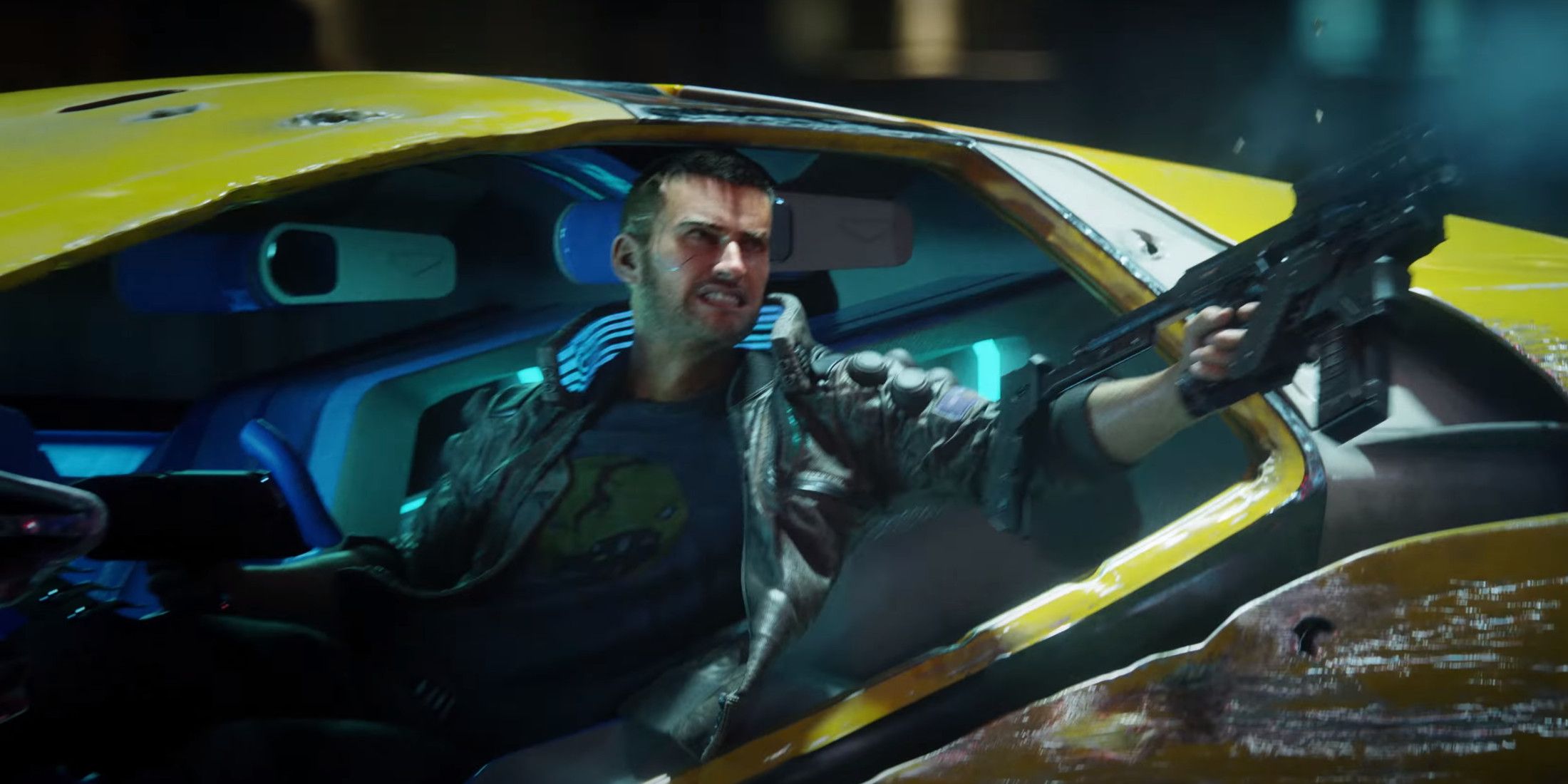
Related
Project Orion Can’t Afford to Walk Back Cyberpunk 2077’s Smaller Post-Launch Changes
Cyberpunk 2077 has come a long way, and its sequel Project Orion should be taking lessons from every aspect of its journey, no matter how small.
Immersion Was Cyberpunk 2077’s Defining Strength
When walking the streets of Cyberpunk‘s Night City, scanning passersby, or engaging in frenzied shootouts, the first-person camera fosters an immediate, visceral connection. The players can feel the looming skyscrapers overhead and the thrumming bass of nightclubs as though one’s physically standing there. Even the face-to-face discussions are first person. This contrasts sharply with many action RPGs — particularly Bethesda’s Fallout 4 or The Elder Scrolls V: Skyrim, which let players switch between first-person and third-person on the fly.
Since most players are used to playing RPGs in the third person, keeping the third person as an option, even for those little exceptions, would just prevent potential players from properly testing how CDPR has done first-person for Cyberpunk 2077. While that flexibility can be appealing, it can also dilute the sense of presence. In Skyrim, for instance, an epic dragon battle might look spectacular from third-person, but the tension of direct confrontation is something else. It was a bold move for Cyberpunk 2077 to force an RPG game of its stature to be majorly first-person but considering what’s coming ahead in terms of metaverse, AR, and VR developments in gaming, it was high time for a game to take charge.
Cyberpunk 2077 Has Already Tested the Waters And Tackled Counter Arguments
One counterargument often raised is the desire to see one’s character — especially in a game boasting extensive character customization options, from hairstyles to cybernetic modifications to outfits that scream Night City chic. There’s a valid point here: players like to admire the unique character they’ve created. Yet, Cyberpunk 2077 already offered a solution in the form of Photo Mode, letting players view V from any angle.
Project Orion can expand on this idea by integrating reflective surfaces more dynamically throughout the world, be it mirrors, polished metal walls, or the interiors of vehicles that help people see their Cyberpunk 2077‘s character in real-time. These elements would preserve the sense of living through the protagonist’s eyes, without entirely robbing players of the chance to appreciate their style.
Driving Remains an Area of Contention But Nothing That Can’t Be Tackled
In Cyberpunk 2077, many players found themselves switching to a chase-style third-person camera for better spatial awareness. If a purely first-person approach is to be adopted, it needs to be accompanied by sufficient design tweaks, more generous side-mirror visuals, augmented-reality overlays, well-calibrated steering, etc., so that first-person driving can feel more immediate, augmented, and thrilling.
CDPR could do this by building somewhat of a combination of GTA 5 and Cyberpunk 2077’s driving mechanics. However, in a futuristic setting like Night City, the game could take all that even further by integrating holographic HUDs that reduce blind spots to preserve both realism and convenience. It’s also worth mentioning how a fully first-person approach resonates with the Cyberpunk genre itself where central themes are identity, augmentation, and the subjective nature of reality. All things considered, if done right and even though some gamers may miss the flexibility of switching between perspectives, the payoff in emotional depth and atmosphere is significant if Project Orion becomes fully first-person.
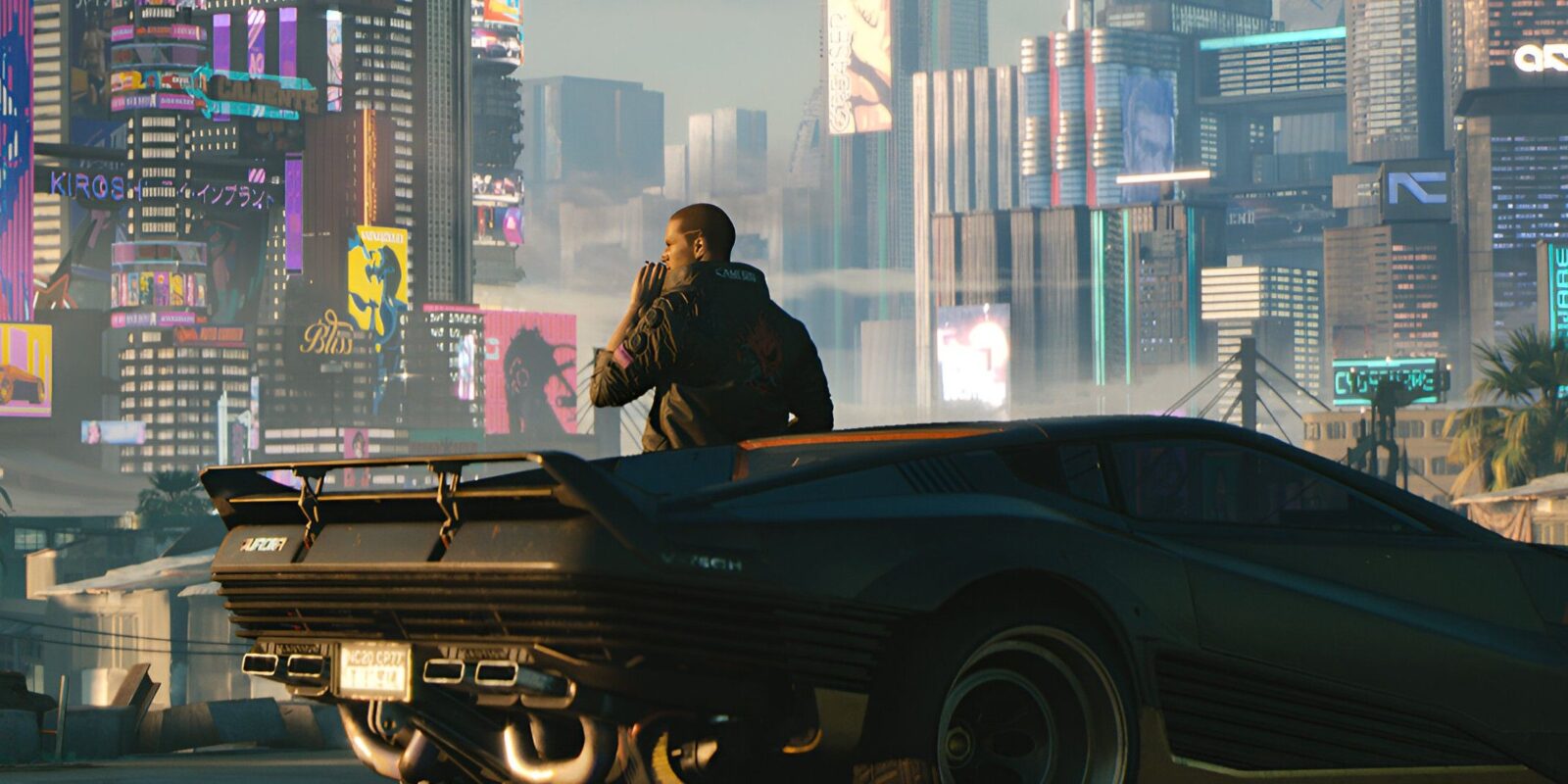
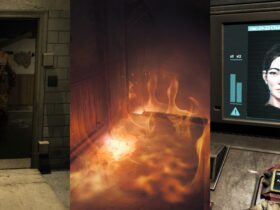
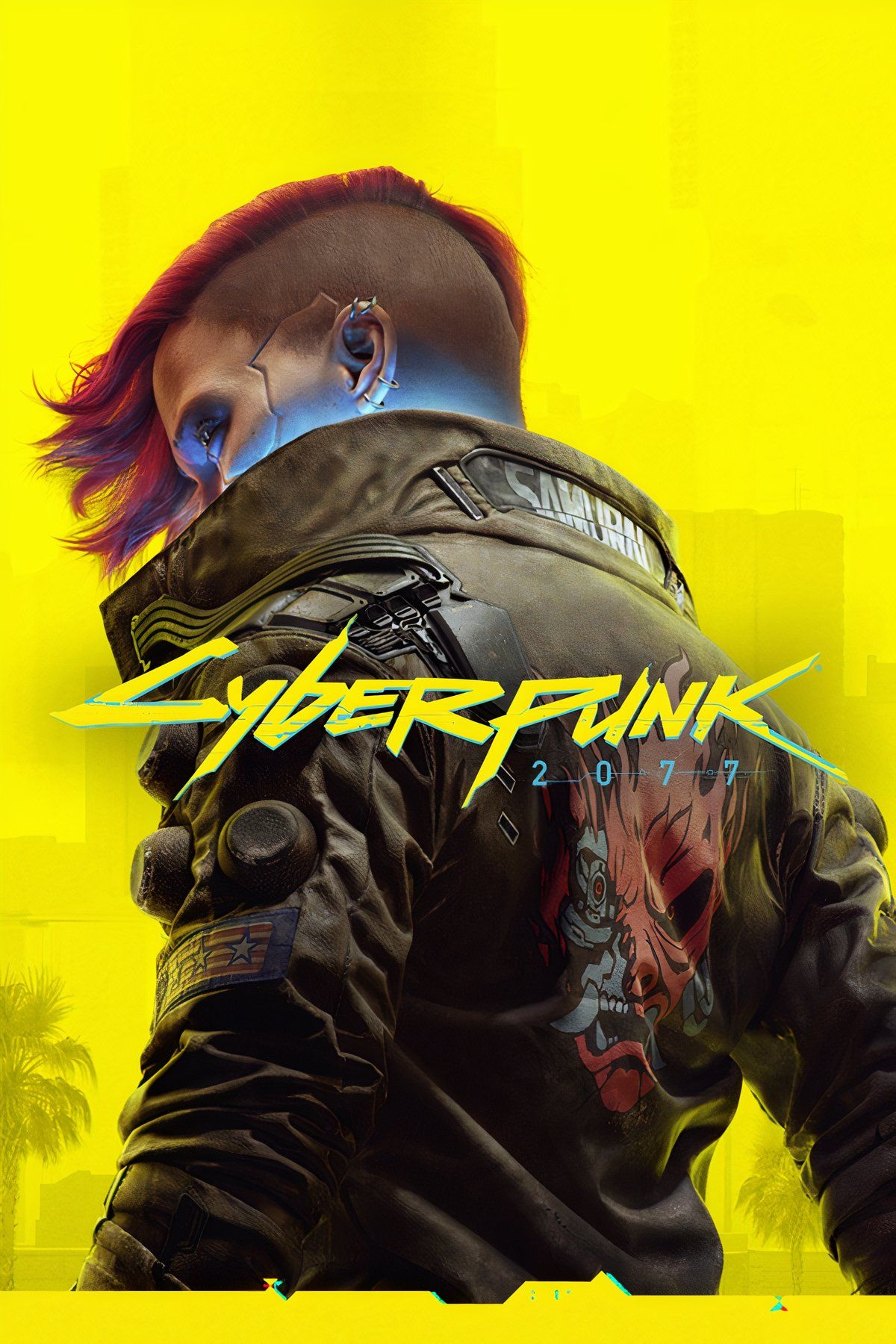
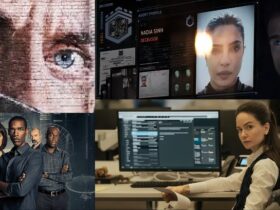
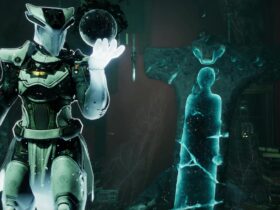








Leave a Reply